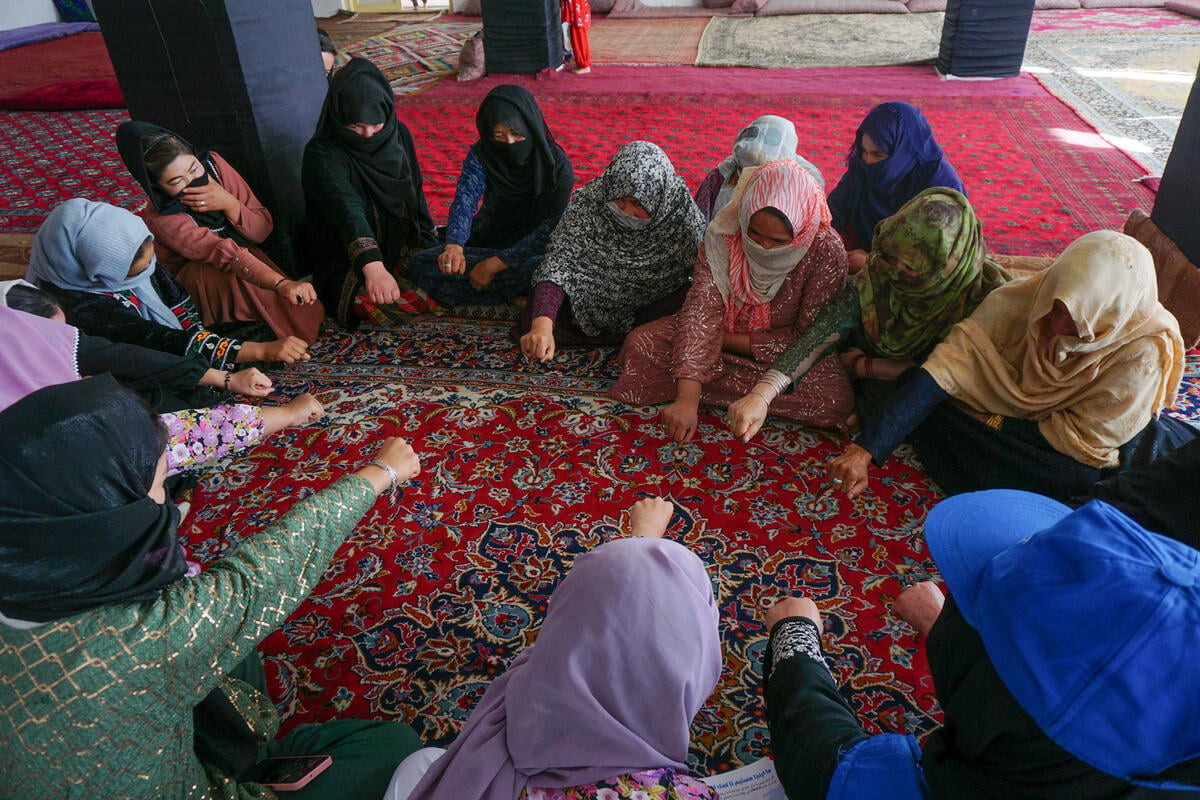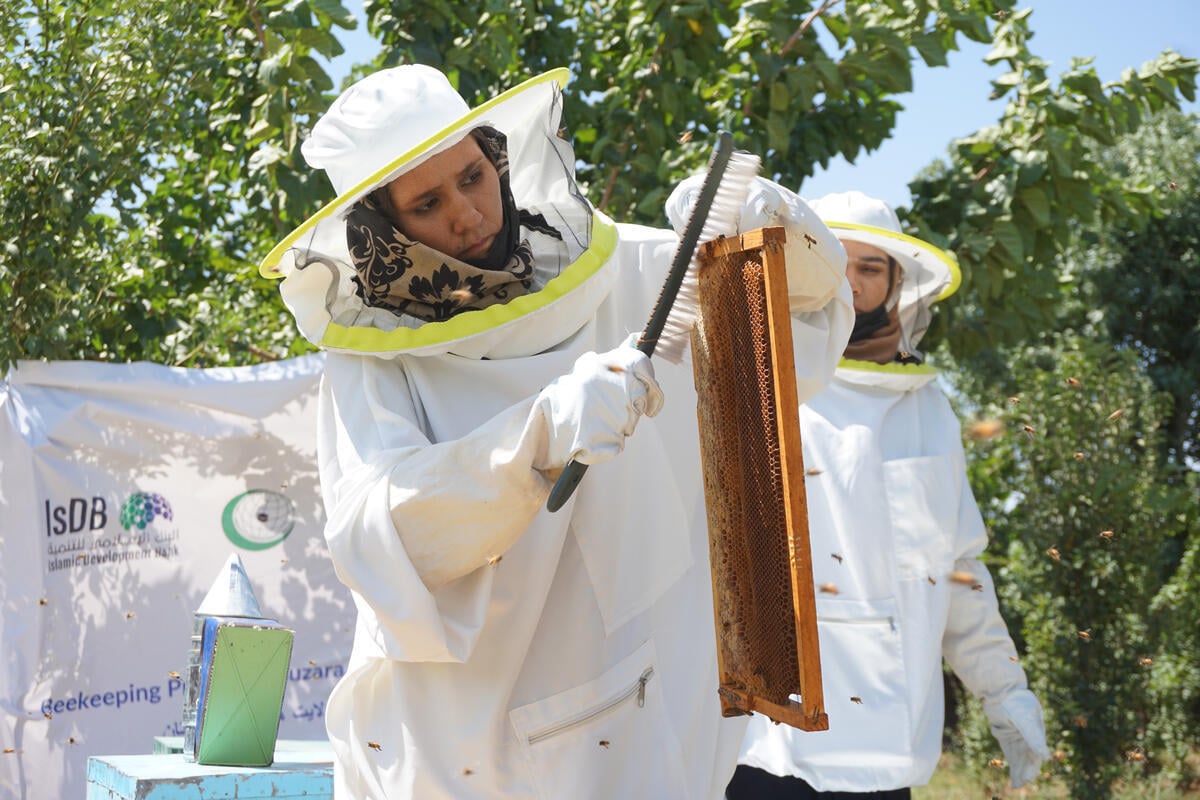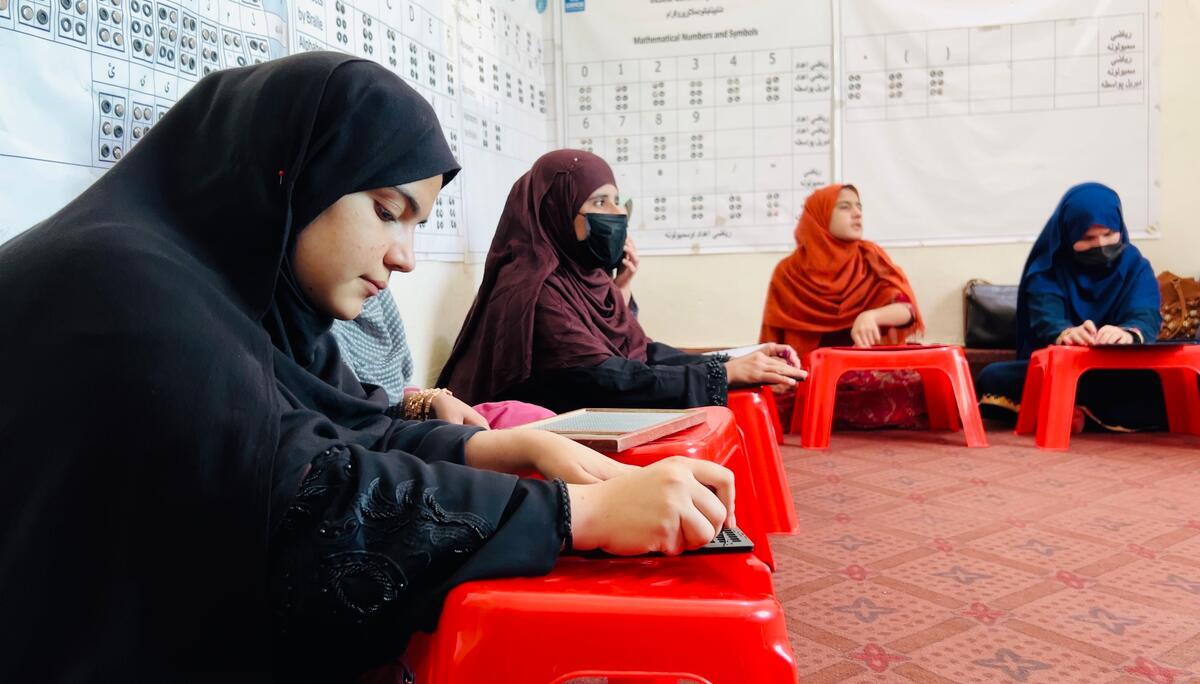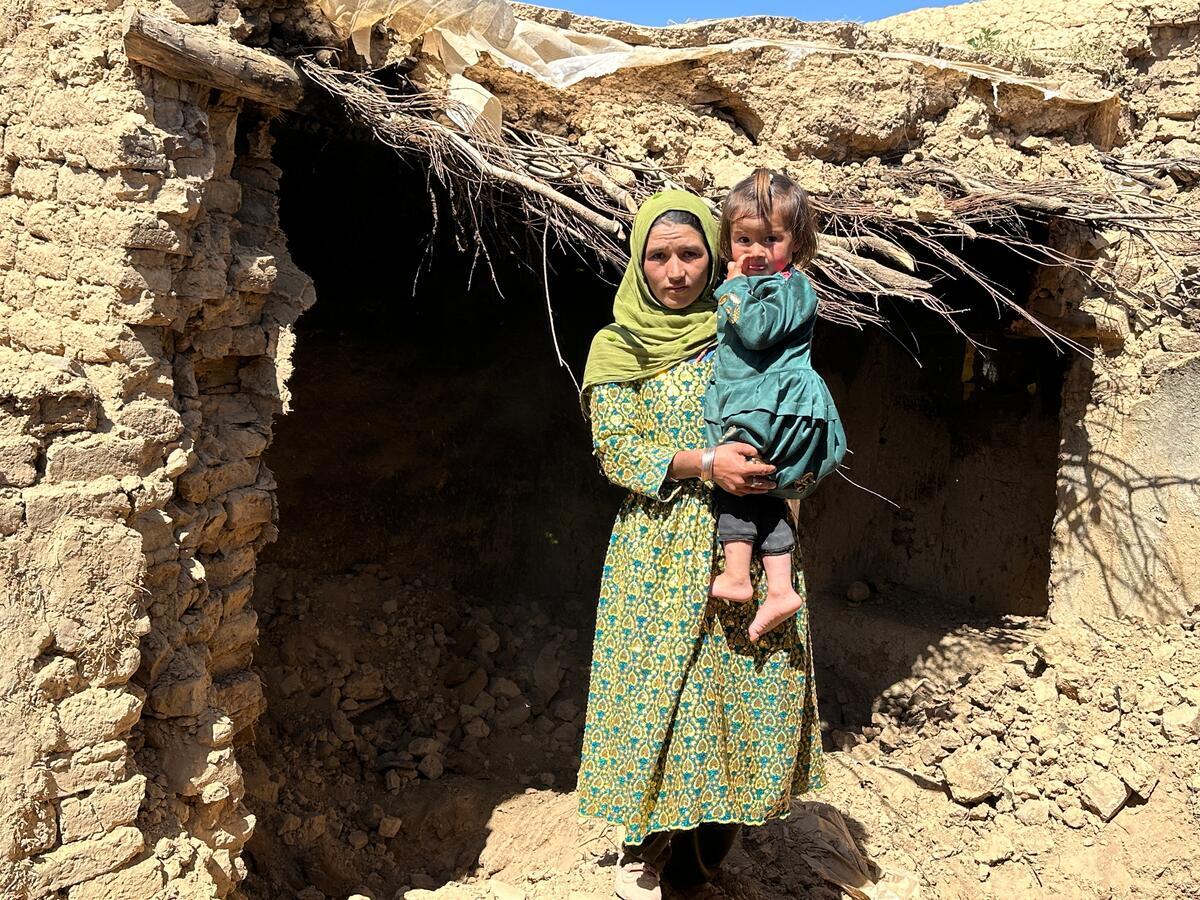Afghanistan Humanitarian Update No. 20
Afghanistan Humanitarian Update No. 20
At a Glance:
- Sharp increase in arrivals to Pakistan's Baluchistan province
- Improvements in site preparations in Pakistan's North-West Frontier Province
Pakistan border movements
The number of Afghans arriving in Baluchistan has climbed quite sharply, with a total of about 8,000 estimated to have crossed in the Chaman border area alone over the past four days. This includes some 3,000 people on 15 October and around 2,000 yesterday.
Newly arrived refugees in Quetta report that there are many more vehicles travelling from Kandahar toward the border, with more people trying to take their possessions to Pakistan. New arrivals are also reporting that a place called Kichla Jadid, to the east of Kandahar, has been heavily damaged, causing a rush of civilians from the area. Villagers from Killi Faizo, in Malabad district in Kandahar province, are also reported to have fled en masse.
Increased Taliban presence in Spin Boldak, just across the border from the Pakistan town of Chaman, is also reported to have heightened the apprehension of the town's inhabitants, leading some of them to try to enter Pakistan as well.
Refugees are also arriving from much further afield than Kandahar province, with new arrivals reported over the past few days from Wardak province, to the south-west of Kabul, from Ghazni province, south of Kabul, from Hazarajat, and from Mazar-i-Sharif in the far north.
Reports from the border suggest that the general physical condition of new arrivals is visibly deteriorating. Pakistan authorities continue to allow "humanitarian cases" to cross for treatment. There are now two medical facilities offering at least some basic medical care in Chaman, one run by the authorities and the other by an NGO.
Site Preparations in Pakistan
UNHCR and local government teams in both Baluchistan and North-West Frontier Province (NWFP) managed to visit various proposed sites yesterday. In Baluchistan, a further assessment was made of the two sites (Tor Tangi and Roghani) just to the south of Chaman, which are likely to be the first to be operational in that area.
In NWFP, a team that visited the Malkana sites in the Shalman area in Khyber agency was able to confirm that they could access the Kabul River, around 8 kms from the sites. This means the sites should have an adequate water supply. However, the water would have to be taken from the river to a point higher up, at a safe distance from the Afghan border, where it would be filtered. It would then have to be transported on to the camps, using an estimated 30-40 tanker trips a day. This would provide about 300,000 litres to supply some 30,000 people at the three Malkana sites.
Overall in NWFP, work has begun on four sites and preparations are set to start Thursday on two more. In five other sites, we are awaiting final approval from the authorities. Beyond these 11 sites, another four sites still need to be identified to bring the total camp capacity in NWFP to 150,000 refugees. The additional four required sites would be needed in the Khyber agency, where a majority of new arrivals would be expected.
Relief Flights
A UNHCR relief flight with with 6,200 plastic sheets and 10,350 blankets is expected to arrive in Quetta, Pakistan, tomorrow. A second flight is planned from Norway to Quetta in the coming days with Rubbhalls (large tent structures that can serve as moveable warehouses), plastic sheets and registration materials. So far, UNHCR has had a total of 10 flights to Pakistan and Iran.








